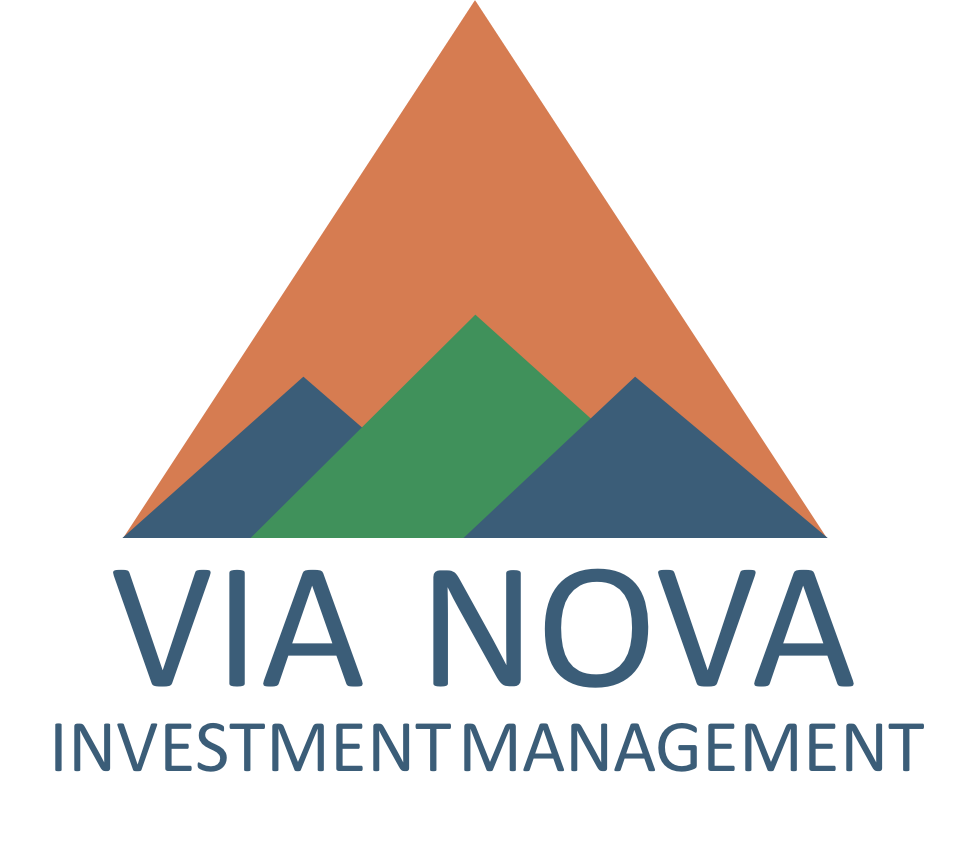There is an old saying “don’t fight the Fed.” Falling interest rates tend to be a tailwind for stock prices, while rising interest rates tend to be a headwind. Comments from Federal Reserve Chairman Jerome Powell are important because they reflect the thinking and intentions of the Federal Open Market Committee (FOMC) toward future interest rate moves. There remains a number of uncertainties in the current environment including COVID, supply chain challenges, Russia’s invasion of Ukraine, and a probable recession in Europe. However, it is the policy decisions from the FOMC that will likely have the greatest impact on the economy and the markets going forward, so the Fed is driving the economic bus.
The FOMC concluded its latest 2-day meeting on September 21, and as expected, raised their policy rate by three-quarters of a percentage point to a range of 3%-3¼%. Remember, the rate was 0% at the beginning of the year, and a rate above 2½% is considered to be restrictive to growth. The slowdown in the housing market already confirms the negative impact from higher rates already. The members of the FOMC also updated their individual forecasts for future growth, inflation and the federal funds policy rate in the Summary of Economic Projections (SEP). These forecasts, while unreliable and usually inaccurate, reflect the member’s thoughts on what the Fed needs to do with interest rates to achieve its mandated goal of 2% long run inflation. While this sounds incredibly boring, the change in the latest SEP from the previous forecasts collected in June was striking and suggests higher interest rates and slower economic growth in the coming quarters. The immediate reaction from the markets was a rise in interest rates and a drop in stock prices.
So what happened? In the post-meeting press conference, Jay Powell said the only way to bring down the current high inflation rate is to slow demand, and the Fed is all-in in achieving its stable inflation mandate. The Fed has little control over the supply of goods in the economy, but they can curb demand by raising the cost of borrowing. Raising interest rates is a blunt instrument to be sure as it mostly affects segments of the economy that rely heavily on credit such as housing and autos. It also has a greater impact on the lower income segments of the population, because they typically need credit to purchase these more expensive items. But it is the most effective tool in the Fed’s policy arsenal, and the Fed is responsible for keeping inflation low.
The detail in the SEP tells the story. First, inflation is forecast to slow over the next two years but remain above the 2% target, which means the FOMC will need to raise interest rates further at future meetings. The FOMC projects a need to raise rates another 1% to 1¼% by the end of this year with more modest increases in the first part of 2023. The big surprise, in our view, was the projected need to raise interest rates even higher than forecast just three months ago; 4.4% by the end of 2022 vs. 3.4% in June and a peak of 4.6% in 2023 vs. 3.8% in June. These rate increases are projected to remain in place until there is clear evidence of lower inflation, hopefully by 2024.
If there is any optimism in the SEP forecasts, it is that the FOMC believes most but not all of the rate hikes have been done. The expected impact of these additional rate increases will be a more significant slowdown in economic growth than previously thought in the June survey, but inflation will decline slowly back to the 2% level. It is important to know that the 4.6% projected peak is not high by historical standards; in fact the average fed funds rate since 1954 was 4.6%, and analysts have been talking for some time about the need to “normalize” interest rates. We believe the market’s negative reaction was due more to shift up in the Fed’s projections than to the level itself. While a return to low inflation would likely prolong future economic growth and support the markets, the transition process can be disruptive to sales and corporate profits.
The potential impact of this new news from the FOMC is being priced into both bond yields and stock prices, and the adjustment period will likely be fairly rapid. We may see another re-test of the stock market lows in June, which will reverse most all of the portfolio gains this summer.
Can the Fed accomplish its goal of lowering inflation? We think yes. While Powell and the FOMC are ready to shoulder the burden of lowering inflation by slowing the economy, we believe there are other factors that are likely to help increase supply closer to current demand and speed the normalization process. COVID, while still a factor, is moving into the rear-view mirror. Supply chain disruptions are being resolved. Many European companies have announced plans to increase production in the U.S. where energy is more plentiful and reliable. These forces are expected to support growth over time and lower inflation. In the meantime, the Fed is driving the bus.


